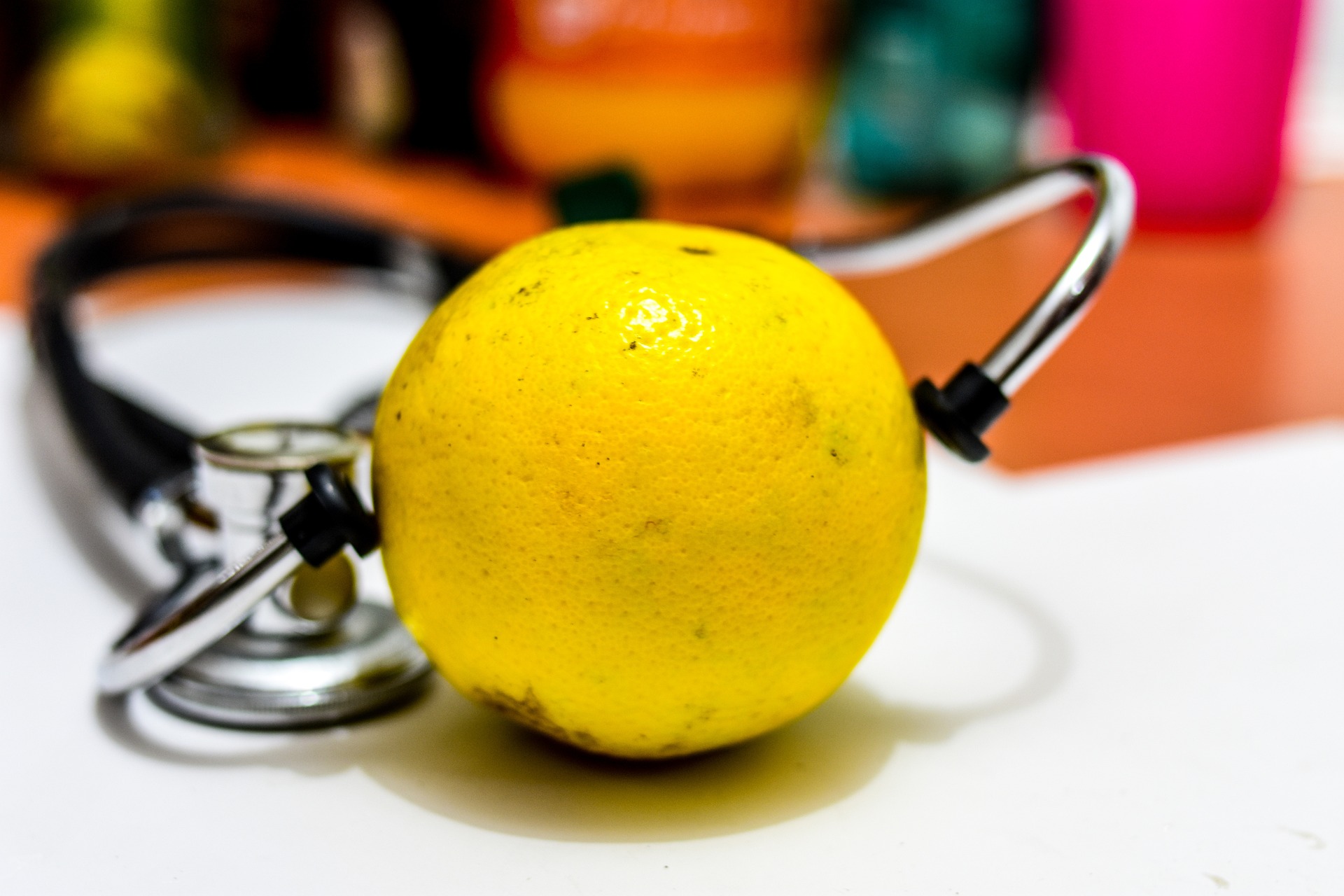Learn more about the Side Effects of Ductal Carcinoma Surgery
Learn more about the side effects of ductal carcinoma surgery, including common risks and recovery challenges. Understanding potential complications can help manage expectations. Stay informed on post-surgery care to ensure a smoother recovery process after breast cancer surgery.

Ductal carcinoma surgery encompasses various surgical procedures designed to treat different stages and types of breast cancer. The complexity and extent of these surgeries often determine the range and severity of potential side effects that patients may experience during their recovery period.
What Are the Immediate Post-Surgical Side Effects
Immediate side effects following ductal carcinoma surgery typically manifest within the first few days to weeks after the procedure. Pain and discomfort at the surgical site represent the most common immediate concerns, often managed through prescribed pain medications and proper wound care protocols. Swelling and bruising around the surgical area are normal responses to tissue trauma, gradually subsiding as the healing process progresses. Patients may also experience temporary numbness or tingling sensations in the chest, arm, or shoulder area, particularly following more extensive surgical procedures that involve lymph node removal.
How Does Treatment for Triple Negative Invasive Ductal Carcinoma Affect Recovery
Triple negative invasive ductal carcinoma treatment often requires more aggressive surgical approaches, potentially leading to more pronounced side effects. These procedures may involve larger tissue removal areas, increasing the likelihood of complications such as seroma formation, where fluid accumulates in the surgical cavity. Patients undergoing treatment for this aggressive cancer type may experience longer recovery periods and heightened sensitivity in the affected area. The absence of hormone receptors in triple negative cases often necessitates additional treatments that can compound surgical side effects.
What Complications Arise from HER2 Positive DCIS Treatment
HER2 positive DCIS treatment frequently involves targeted surgical interventions combined with additional therapies that can influence recovery outcomes. Surgical side effects may include altered sensation in the breast tissue, temporary or permanent changes in breast shape or size, and potential complications related to wound healing. Some patients experience lymphedema, particularly when lymph node sampling or removal accompanies the primary surgical procedure. The targeted nature of HER2 positive treatments may also create unique interactions between surgical recovery and concurrent therapeutic approaches.
Understanding Side Effects from Treatment for DCIS Stage 0
Treatment for DCIS stage 0 typically involves less extensive surgical procedures, resulting in generally milder side effects compared to invasive cancer treatments. However, patients may still experience localized pain, temporary breast tenderness, and minor scarring at the surgical site. Recovery from stage 0 treatments often progresses more rapidly, though individual healing responses can vary significantly. Some patients report temporary changes in breast sensitivity or occasional discomfort that may persist for several months following the procedure.
Long-Term Considerations for Invasive Ductal Carcinoma Treatment
Invasive ductal carcinoma treatment can result in long-term side effects that extend well beyond the initial recovery period. Chronic pain syndromes may develop in some patients, particularly those who undergo extensive tissue removal or lymph node dissection. Permanent changes in breast appearance, including asymmetry or contour irregularities, represent common long-term considerations. Some patients experience ongoing sensitivity issues, reduced range of motion in the shoulder or arm, or persistent numbness in the surgical area that may require ongoing management strategies.
| Treatment Type | Common Side Effects | Recovery Timeline |
|---|---|---|
| Lumpectomy for DCIS | Mild pain, temporary swelling | 2-4 weeks |
| Mastectomy for Invasive Cancer | Significant pain, potential lymphedema | 6-8 weeks |
| Lymph Node Removal | Numbness, arm mobility issues | 3-6 months |
| Reconstruction Surgery | Extended healing, multiple procedures | 6-12 months |
Managing and Minimizing Surgical Side Effects
Effective management of ductal carcinoma surgery side effects involves comprehensive pre-operative preparation and post-operative care protocols. Physical therapy often plays a crucial role in maintaining mobility and preventing complications such as frozen shoulder or chronic pain syndromes. Proper wound care, including regular monitoring for signs of infection or delayed healing, helps minimize complications and promotes optimal recovery outcomes. Patients benefit from understanding realistic recovery expectations and maintaining open communication with their healthcare teams throughout the healing process.
Ductal carcinoma surgery side effects vary significantly based on the specific procedure performed, individual patient factors, and the extent of cancer involvement. While most side effects resolve with appropriate time and care, some patients may experience long-term changes that require ongoing attention and management. Understanding these potential outcomes enables patients to prepare adequately for their recovery journey and seek appropriate support when needed.
This article is for informational purposes only and should not be considered medical advice. Please consult a qualified healthcare professional for personalized guidance and treatment.



